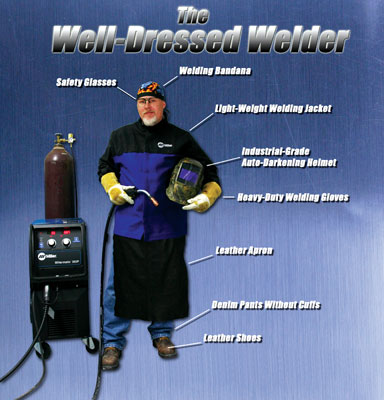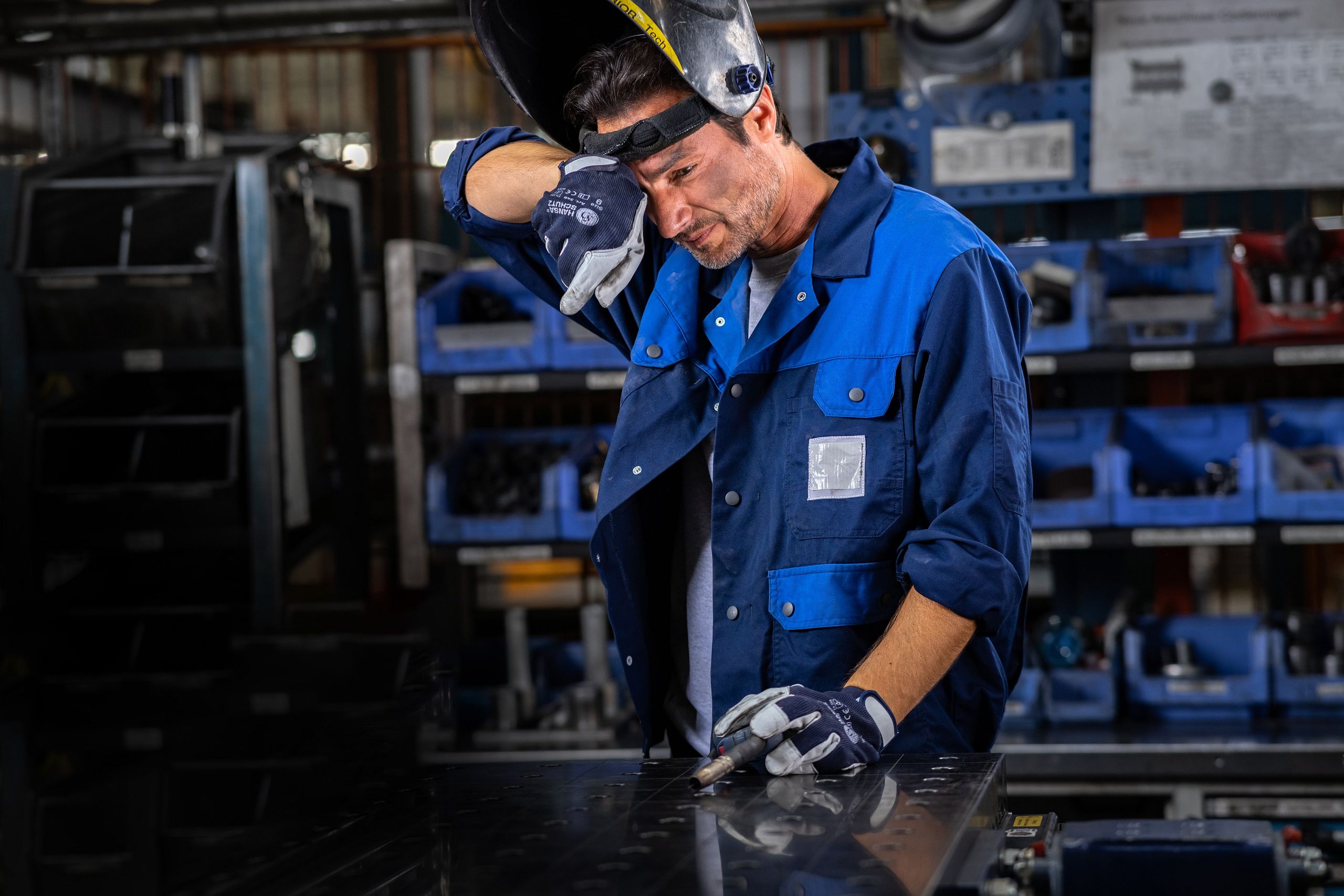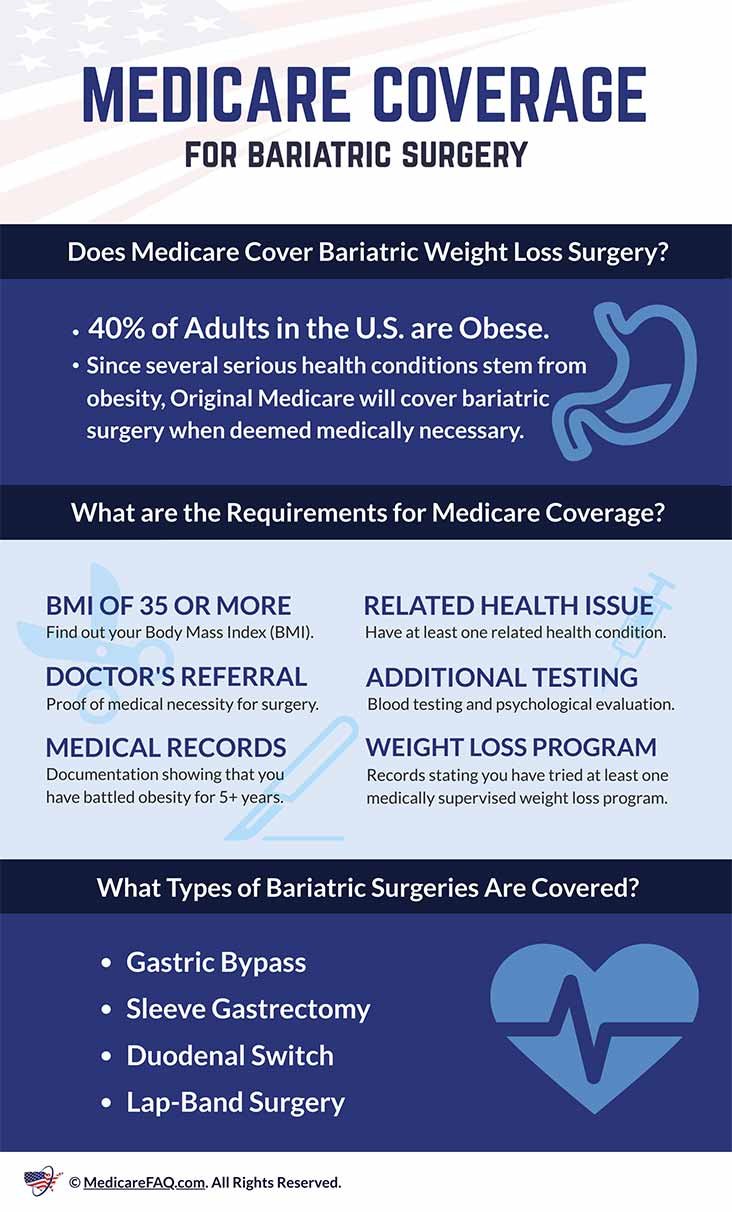Welding can be detrimental to health due to the inhalation of fumes and exposure to intense heat. Proper safety measures are crucial to mitigate these risks.
Welding is a skilled trade essential in various industries, from automotive repair to construction. As it involves the fusion of materials, typically metals or thermoplastics, high temperatures and the emission of potentially harmful gases and particles are inherent parts of the process.
Workers face exposure to ultraviolet radiation, intense light, and the risk of burns, which necessitates stringent adherence to safety protocols. Health risks associated with welding demand attention to ventilation, the use of protective equipment, and ongoing training. Understanding and respecting the hazards of welding is critical for practitioners to maintain a safe work environment and ensure their long-term well-being.
Hazards In The Welding Profession
Welding stands out as a critical skill in many industries. But it comes with risks. Understanding these hazards is key to ensuring a welder’s safety and health. Two major concerns stand out: the intense heat and light exposure, and the toxic fumes produced during the welding process.
The Heat And Light Factor
Welders face extreme heat and bright light every day. This can lead to several health issues if proper care is not taken. Some of the immediate dangers include:
- Burns from hot equipment or materials
- Eye damage from ultraviolet and infrared radiation
Long-term exposure without protection can also lead to more serious conditions. For example, cataracts and skin cancer are potential risks.
Using personal protective equipment (PPE) like special welding helmets and heat-resistant gloves is essential. These tools help shield welders from the harsh effects of heat and light.
Inhalation Of Toxic Welding Fumes
Inhaling toxic welding fumes is a serious concern. These fumes can contain a variety of dangerous materials such as:
- Aluminum
- Beryllium
- Lead
- Manganese
Short-term effects may include dizziness and nausea, while long-term exposure can affect lung function and cause chronic conditions.
Maintaining proper ventilation and using respiratory protective equipment is crucial. Employers must ensure that their welders have access to such gear and follow safety measures to limit exposure to these harmful fumes.

Credit: www.millerwelds.com
Long-term Health Risks For Welders
Welding is a skilled trade that builds our world. Yet, it holds risks. Over time, welders can face serious health issues. Let’s dive into these concerns.
Respiratory Issues From Harmful Gases
Welding fumes can damage lungs. These fumes contain metals and gases. With long exposure, welders may develop chronic respiratory conditions. Here are key points:
- Chronic bronchitis: Welders often cough and wheeze.
- Asthma: Welding smoke can trigger asthma. It may worsen over time.
- Lung cancer: Some fumes can cause cancer.
- Metal fume fever: Flu-like symptoms can occur often.
Good ventilation and masks are essential. They help keep lungs healthy.
Radiation Exposure And Eye Damage
Welders face UV radiation daily. It may lead to eye and skin issues. Look at these common risks:
- Cataracts: UV radiation can harm the eyes’ lenses.
- “Welder’s flash”: A painful eye condition from UV exposure.
- Skin cancer: UV rays can cause skin cancer on exposed skin.
Protective gear like helmets and glasses is important. It shields eyes and skin.
Assessing Your Personal Risk
Understanding the health risks associated with welding is crucial for every welder. It helps ensure safety while honing your craft. If you weld regularly, assessing your personal risk becomes a significant step. This means looking at your medical history and the materials you use. You also need to consider the work environment, especially the ventilation.
Medical History And Sensitivity To Materials
Welding exposes you to various materials. These materials can affect your health. Your personal medical history plays a big role in this. It’s essential to know if you have any conditions that can worsen with welding. Common concerns include respiratory issues or skin allergies. Here’s what you need to check:
- Past respiratory conditions: Asthma or bronchitis can increase risks.
- Skin allergies: Eczema or other skin conditions can be triggered.
- Other sensitivities: Be aware of any specific material allergies you have.
Work Environment And Ventilation Standards
A safe work environment is key for welders. Poor ventilation can lead to hazardous conditions. Good air flow is needed to keep fumes away. The work area should meet OSHA ventilation standards. Make sure you have:
- Proper ventilation systems: Exhaust vents or fume extractors must be in place.
- Regular air quality checks: Regular testing helps keep the environment safe.
- Appropriate personal protective equipment (PPE): This includes masks and respirators.
Remember, your health is paramount. Ensure your work space follows required standards. This reduces your risk significantly.
Essential Personal Protective Equipment
Welding is a powerful craft. It joins metal and forms strong bonds. But it can also pose health risks. Safety comes first. Always use the right Protective Equipment. It keeps you safe from heat, sparks, and harmful light.
Required Gear For Welders
Every welder needs protective gear. It is non-negotiable. Protecting your body is crucial. Here is a list of the gear:
- Welding Helmet: Shields your face and eyes.
- Gloves: Must be flame-resistant. They guard your hands.
- Apron or Jacket: Wear leather or flame-resistant cloth. It safeguards your skin.
- Safety Glasses: Wear them under your helmet. They add extra eye protection.
- Boots: Choose steel-toe boots. They protect your feet.
- Ear Plugs: Keep your ears safe from noise.
- Respirator: It helps you breathe clean air.
Up-to-date Safety Technology In Helmets
Modern helmets have advanced safety features. They help you work better. Look for these technologies:
| Feature | Benefit |
|---|---|
| Auto-darkening Filters | They adjust to light instantly. They protect your eyes from sudden flares. |
| Adjustable Shades | They let you set the darkness level. Match it to your work for the best protection. |
| Respiratory Protection | Some helmets have built-in respirators. They shield you from fumes and dust. |
Choose a helmet that fits well. It should be comfortable for long hours. A helmet that meets industry standards is a must.
Strategies For Minimizing Fume Inhalation
Protecting your health from welding fumes is key when working in this field. Breathing in these fumes can be harmful over time. Welders can use several strategies to lessen fume inhalation. Two standout measures include improved system use for pulling fumes away and wearing the right masks.
Effective Use Of Extraction And Ventilation Systems
A strong system to remove fumes keeps your air clean. It’s vital to place these right near where the fumes come out. This grabs the fumes fast before they spread. Check and clean these systems often to ensure they work well. The table below lists key points for a good system:
| System Feature | Benefits |
|---|---|
| Close-range placement | Lowers fume levels quickly |
| Regular maintenance | Keeps system effective |
| Proper exhaust flow | Ensures good air quality |
Selecting Appropriate Respiratory Protection
Choosing the right mask is crucial. You want one that fits well and blocks the fumes. Always use masks approved for the type of welding you do. Below is a bullet list of features your mask should have:
- Fits snugly: No gaps for fumes to sneak in
- Correct filter: Matches the fume types made
- Comfort: It’s comfy enough to wear all day
Remember, swapping filters as needed keeps your mask working right.
Regular Health Screenings And Monitoring
Regular health screenings and ongoing monitoring are crucial for welders. These practices help spot health issues early. This way, welders can stay safe and healthy.
Scheduling Periodic Medical Check-ups
Regular medical check-ups are essential for welders. They help detect health problems caused by welding. Doctors can offer advice on how to stay healthy.
Check-ups should include:
- Skin checks for UV damage
- Lung tests for breathing problems
- Eyesight exams to ensure clear vision
- Blood tests for toxic substances
Monitoring For Early Signs Of Illness
Welders should watch for signs of illness. Symptoms like coughing or skin burns need prompt attention.
Tips for monitoring:
- Watch for respiratory issues.
- Notice any changes in skin condition.
- Be aware of eye discomfort.
- Document unusual symptoms.
Early detection makes a big difference. Catching issues quickly means faster treatment.
Training On Safe Welding Practices
Welding offers a rewarding career but comes with its risks. Learning to weld safely is key. Proper training reduces health hazards. Let’s dive into why investing time and effort into learning safe welding practices is crucial.
Investing In Skill Development
High-quality training makes a skilled welder. It covers health, safety, and technique. Here’s how proper training benefits:
- Minimizes exposure to harmful fumes and radiation
- Reduces accident risk with hot materials and equipment
- Teaches proper use and maintenance of tools
- Instills good habits for a lifetime of safe work
Reputable courses often lead to recognized certifications. These open opportunities for safer, better jobs.
Understanding Safety Protocols And Standards
Knowing rules and regulations keeps welders healthy. Here’s what safety training covers:
| Topic | Details |
|---|---|
| Personal Protective Equipment (PPE) | Selecting and correctly using masks, gloves, and aprons |
| Ventilation Systems | Using extraction tools to prevent fume inhalation |
| Material Safety | Handling chemicals and metals responsibly |
| Emergency Procedures | Responding to fires, burns, and exposure |
Learning these standards protects workers and businesses. It’s a win-win.
Adopting A Healthy Lifestyle Outside Work
Adopting a Healthy Lifestyle Outside Work plays a crucial role in combating the risks associated with welding. Welders face potential health hazards due to exposure to fumes, gases, and UV radiation. Implementing positive lifestyle changes can help minimize these risks. This is important for longevity in the welding profession and overall well-being.
Dietary Choices To Counteract Occupational Hazards
Making informed dietary choices significantly impacts a welder’s health. These foods fight toxins and boost immunity.
- Antioxidants: Fruits like blueberries and vegetables like spinach combat free radicals.
- Omega-3 Fatty Acids: Foods such as salmon reduce inflammation.
- Fiber: Whole grains and legumes support digestive health.
Exercise And Lung Health
Regular exercise improves lung function and endurance, particularly important for welders. Here’s an easy exercise plan:
- Brisk Walking: 30 minutes daily keeps the heart and lungs active.
- Cycling: A low-impact way to boost cardiovascular health.
- Swimming: Enhances lung capacity and controls breath.
Legal Protections And Workers’ Rights
Welding, despite its importance in construction and manufacturing, raises health concerns for workers. Recognizing these risks, laws exist to protect welders’ rights and ensure their health and safety on the job. The link between welding and health hazards makes it crucial to understand the legal safeguards in place.
Navigating Occupational Safety Regulations
Every welding professional must be aware of the rules that govern workplace safety. The Occupational Safety and Health Administration (OSHA) sets standards to reduce risks associated with welding. Compliance is not optional; it’s a legal requirement.
- Right to Know: Workers have access to information about the chemicals they are exposed to.
- Health Assessments: Employers must provide regular health screenings for welders.
- Training: Adequate training on safe welding practices is mandatory.
These are just a few of the regulations designed to protect welders. Knowing these rights is the first step in advocating for a safer job environment.
Advocating For Safer Working Conditions
Every welder has a role to play in advancing workplace safety. Actions can range from reporting concerns to participating in safety committees. Collective bargaining can also be a powerful tool for improving working conditions.
- Report unsafe conditions to supervisors immediately.
- Use proper safety equipment and follow established protocols.
- Join or form safety committees to address workplace issues.
- Engage in collective bargaining to push for better protective measures.
Welders can work together to create a culture of safety that benefits everyone. A well-informed workforce is vital in minimizing health risks associated with welding.

Credit: www.zehnder-cleanairsolutions.com

Credit: safe-welding.com
Frequently Asked Questions
Is Welding An Unhealthy Job?
Welding can be unhealthy due to exposure to hazardous fumes, UV radiation, and intense heat. Protective measures and proper ventilation minimize health risks.
Do Welders Have Health Issues?
Welders may face health issues due to exposure to fumes, UV radiation, and intense heat. Risks include respiratory problems, skin damage, and eye injuries, necessitating strict safety measures.
Can You Be A Welder And Be Healthy?
Yes, welders can maintain good health by following safety protocols. Wear protective gear, work in well-ventilated areas, adopt a healthy lifestyle, and undergo regular health screenings to avoid occupational hazards.
Is Welding Worse Than Smoking?
Welding exposes individuals to harmful fumes and can be hazardous without proper safety measures. Smoking consistently poses significant health risks. Direct comparisons depend on exposure levels and safety practices.
Conclusion
Welding presents certain health risks, from respiratory issues to UV exposure. Adequate precautions, however, can mitigate many of these dangers. It’s crucial for welders to prioritize safety and use proper protective gear. Embracing this responsibility ensures that welding remains a viable, less hazardous profession.
Stay informed and stay safe.






